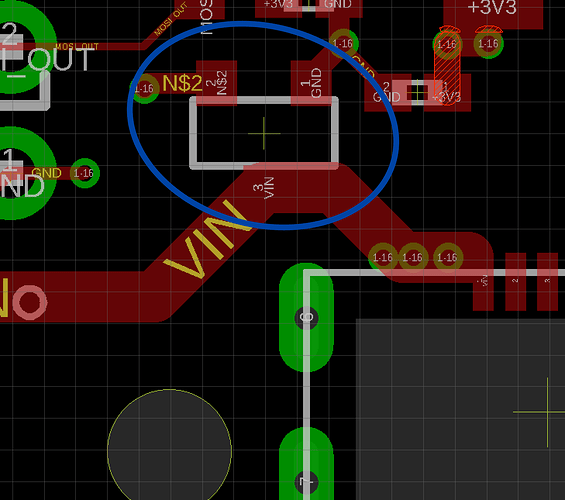Hi @Pugworthy ,
Yep, I think definitely the mosfet fried and is shorting the power.
Another thing to check if your USB power source might have output more than 2A into the short. Most USB power packs and spec compliant USB ports have short protection. Ideally the USB power source would cut out when the current draw exceeds normal USB ranges. If it doesn’t, it can cook the USB connector which is only rated for 1.8A (but often works fine to 3A or so) and/or the USB cable.
Yes you can either replace the mosfet with another P channel mosfet, or remove it and bridge the power path with a bit of wire. If you remove the mosfet you lose reverse polarity protection, but the rest of the components on the PB should tolerate a great deal of ESD without problem.
If you replace the mosfet, use one with a max gate voltage suitable for your voltage input range (20V for the one I use) and a fairly decent current rating. I use the AO3407.
You may also want to consider using some clothing anti static / anti cling spray on the fur.
When I cooked my PB with my fur coat, I was shooting sparks over 1", and quite painful ones at that. I ended up bypassing the mosfet, but also spraying anti cling throughout it so I wasn’t constantly getting zapped myself.
This is the mosfet on the PCB, just above the bottom mounting hole. Its to the right of the “DAT” printed on the board:
You’d bridge the top left (pin 2) and bottom pin (pin 3), leaving the top right (GND) alone.
edit
The 5V LDO, yes LDL1117S50R, is there for over-voltage protection. If you see damage to that part it I’d replace it, but it’s a bit odd, I haven’t see one of those blow up yet, but might happen if seriously over volted.
